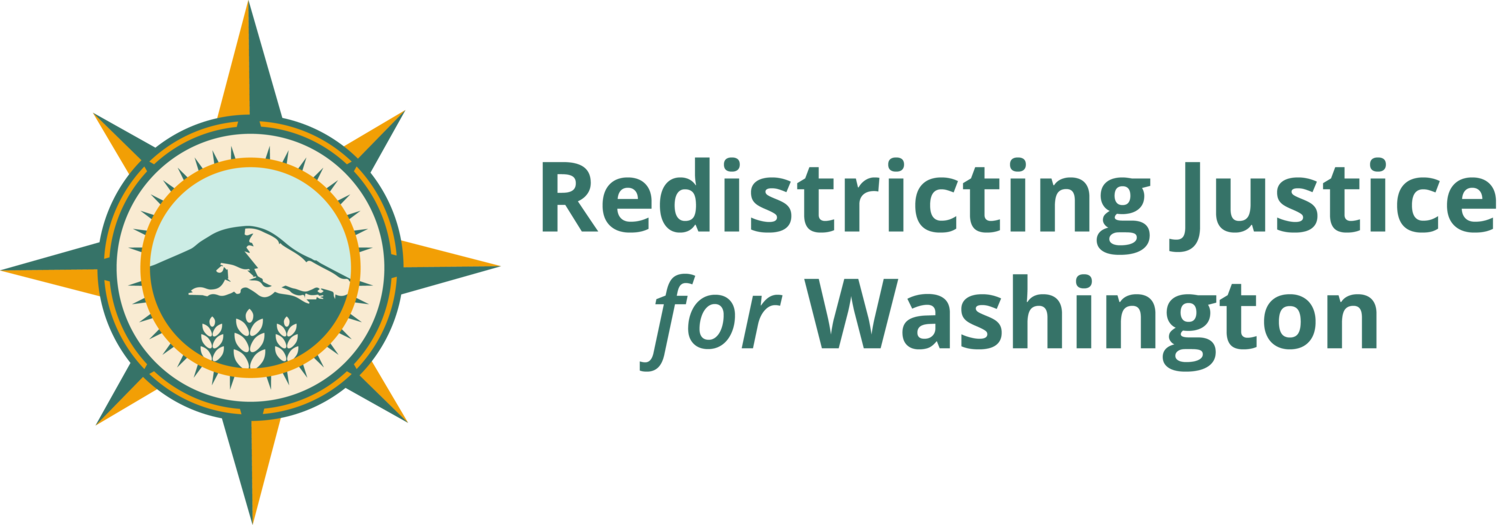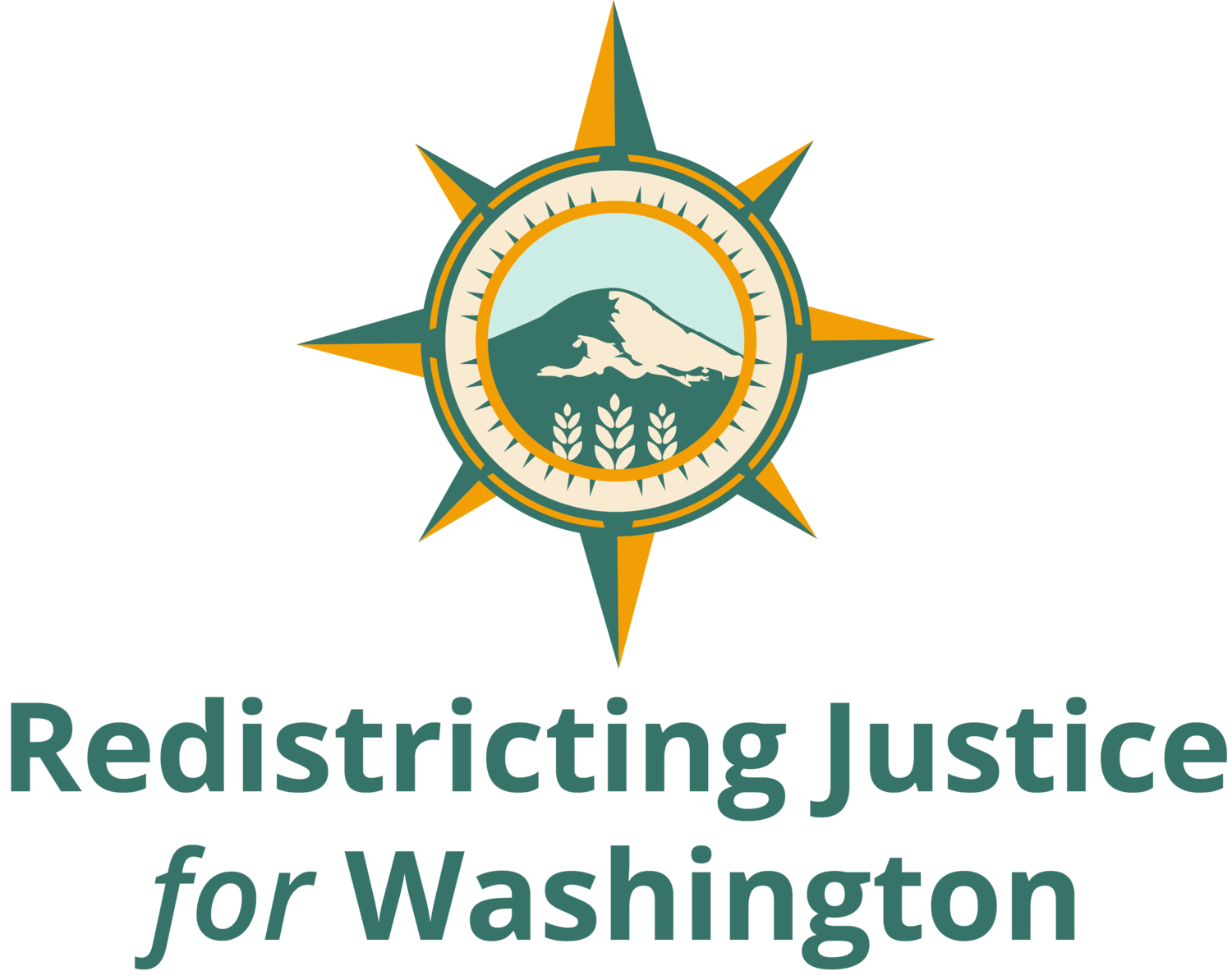Redistricting Commission’s late maps fail communities of color
A new analysis from the UCLA Voting Rights Project finds that not only did the Washington state Redistricting Commission fail to meet its constitutional deadline, the maps they subsequently released also likely fail to comply with the United States Constitution, the Federal Voting Rights Act (VRA), and Washington State law redistricting requirements.
The proposed maps almost certainly violate the VRA because neither of the legislative districts in the Yakima area (LD’s 14 and 15) would perform for Yakima Latino and Native communities’ candidates of choice, as stated in UCLA’s report. Notably, the Commission’s maps also put the majority nonwhite community in the odd-numbered LD 15, which means that the district’s State Senate elections would take place during traditionally low-turnout midterm years, rather than the presidential election years that have historically had higher turnout. This suggests that partisan bargaining was part of the calculation. Furthermore, the proposed maps unnecessarily split multiple communities of interest and cities across the state, such as Auburn, Moxee, and Mount Vernon, which violates Washington State Redistricting legal requirements.
UCLA Professor Matt Barreto, an expert on Latino voting patterns who conducted the analysis found that “if such a map is adopted then the state can be subject to a Department of Justice enforcement action or a civil suit by affected voters under the federal Voting Rights Act and Fifteenth Amendment.”
Late Tuesday evening, a day after the deadline per state law, the Redistricting Commission released a set of maps that have no legal authority. The Washington State Supreme Court now has full jurisdiction to create final congressional and legislative district maps.
The UCLA analysis also assessed the maps produced by Redistricting Justice for Washington coalition predominantly led by communities of color, including members of the Yakama Nation and the densely Latino Yakima Valley:
“In contrast, the proposed map [from Redistricting Justice for Washington] in the Yakima region meets all standards of the VRA and would perform for Latino candidates of choice. This map [RJW Proposal Version 2, found here], joins communities of interest from Yakima, Union Gap, Wapato, Toppenish, Granger, Sunnyside, Grandview, and Pasco. It also includes the entire Yakama Reservation and results in a Latino CVAP of 52.05% and total minority CVAP of 62.6% with the addition of a large Native American population. Redistricting analysis concludes that this legislative district would consistently perform for Latino candidates of choice and remedy vote dilution.”
Unlike others, the maps proposed by Redistricting Justice for Washington–which will be submitted to the state Supreme court for consideration–were drawn by the communities they are meant to serve. Unlike the Commission’s maps, they account for the increasingly diverse population in Everrett and Tacoma with new majority minority districts in 28th and 21st legislative districts. Instead of protecting the incumbent, the coalition engaged dozens of community members to draw a 9th congressional district that strengthens the working class of South Seattle and King County. Throughout public comment, community leaders advocated to keep the Yakama Nation and Lower Yakima Valley together. Instead of carving up the Yakima Valley for partisan ends, RJW’s map creates a multi-racial district of shared geographic and community interests.
Community leaders shared the following statements:
Margot Spindola, Organizer, Latino Community Fund; Co-Lead, Redistricting Justice for Washington
“Unlike the Commission, our coalition has been working with communities and leaders of color across the state for over a year. As a result, the maps we’ve produced keep multi-racial voting blocs together in the Yakima Valley and Western Washington. As someone born and raised in central Washington, I feel it’s clearer now than ever before that the partisan redistricting process has failed communities of color. At least now we have an opportunity to get districts drawn that give communities of color the opportunity to elect their candidate of choice who will actually address the long-neglected needs of our communities.”
Kamau Chege, Director, Washington Community Alliance
“What we know is that this Commission published seven maps, and five of them were found to have likely violated the voting rights of communities of color in Central Washington. That’s something the Washington State Supreme Court should consider before giving deference to them. The Commision can submit their maps for consideration by the Court like anyone else in the state but they lost their right to draw the maps when they failed to meet the deadline.”
Andrew Hong, Co-Lead, Redistricting Justice for Washington
“The Supreme Court should seriously consider our maps and the community input that was used to draw these proposals

